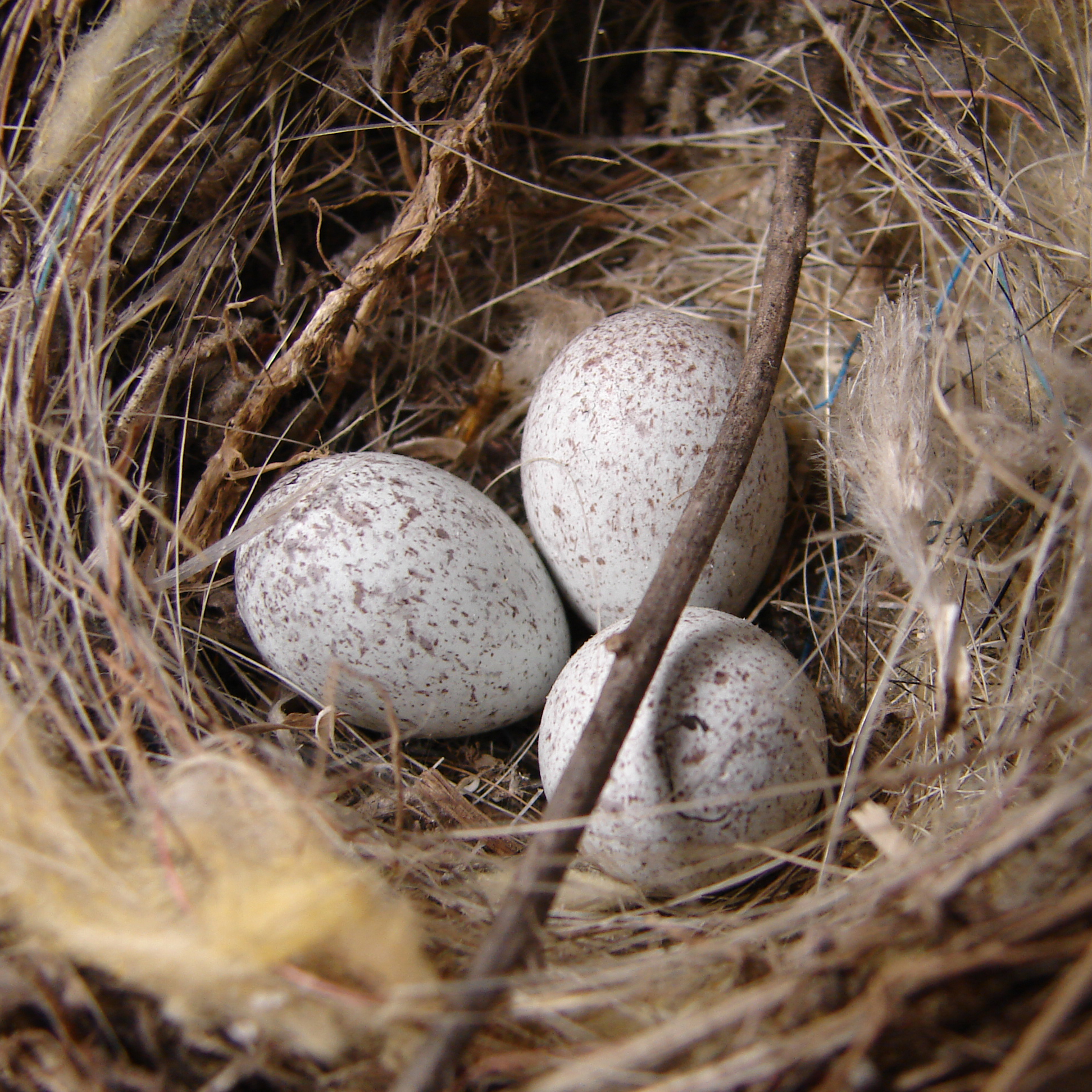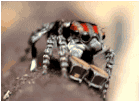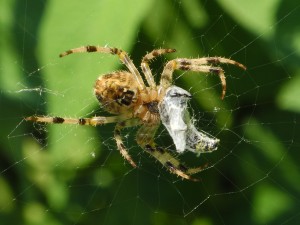Tag: world environment day
Happy Birthday, Rachel Carson
Thank you, Rachel Carson.

For me, personally, Silent Spring had a profound impact. It was one of the books we read at my mother’s insistence and then discussed around the dinner table. . . . Rachel Carson was one of the reasons why I became conscious of the environment and so involved with environmental issues. Her example inspired me to write Earth in the Balance. . . . Her picture hangs on my office wall among those of political leaders. . . . Carson has had as much or more effect on me than any of them, and perhaps than all of them together.
—Vice President Al Gore, “Introduction,” Silent Spring, (1994 edition), xiii
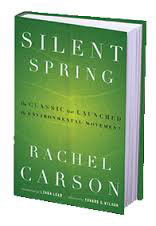 My mom was a grade school teacher. During a brief period where she stayed at home with children, she became an environmentalist. It all began with the book Silent Spring. My mother read about chemicals used in farming post-World War II and the decline of birds, and that was it; she had to take action. She remembers going to her parents’ house, and my grandfather was going around the yard, spraying DDT without protection, as his grandchildren played. He had a big bottle of DDT in the garage that had gone unnoticed until then. My mother could not believe what was happening and stopped him immediately. She had her dad throw out all pesticides. My grandfather didn’t realize there was any danger, as these chemicals promised a beautiful, American-dream green lawn. I remember at family gatherings, our family kept saying to my mother, “Elaine, what are you so worried about?”
My mom was a grade school teacher. During a brief period where she stayed at home with children, she became an environmentalist. It all began with the book Silent Spring. My mother read about chemicals used in farming post-World War II and the decline of birds, and that was it; she had to take action. She remembers going to her parents’ house, and my grandfather was going around the yard, spraying DDT without protection, as his grandchildren played. He had a big bottle of DDT in the garage that had gone unnoticed until then. My mother could not believe what was happening and stopped him immediately. She had her dad throw out all pesticides. My grandfather didn’t realize there was any danger, as these chemicals promised a beautiful, American-dream green lawn. I remember at family gatherings, our family kept saying to my mother, “Elaine, what are you so worried about?”
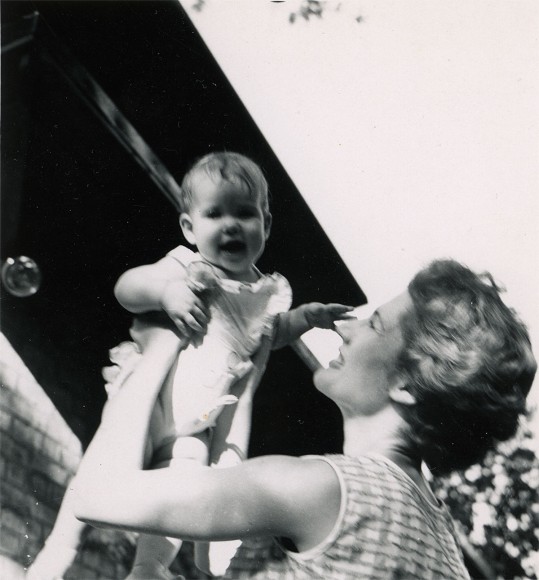
We became a family that ate whole wheat bread, and got the 1970s equivalent of CSA (Community Supported Agriculture) boxes. I would say that this book changed my childhood.
Some highlights:
- My mom baked organic whole wheat bread every week; it was not commercially available yet. (Imagine going to middle school with a sandwich of PB&J on badly cut homemade whole wheat bread, surrounded by kids eating bologna on Wonder Bread white. My brother and I felt so out of place at the time. (And now it would be so accepted, wonderful, and charming.)
- We did not have a microwave.
- No pop. No junk food. No candy.
- Our suburban lawn had dandelions. Mom used a dandelion knife.
- We used nonphosphate detergent.
- We went to weird hippie health food restaurants in Chicago. For her birthday, my mom knew she would get her requested restaurant so she would pick the only organic one in town.
- There were no TV dinners (and we could watch one hour of television a day).
- We all got transcendental meditation mantras.
But I digress…
She was the co-founder of S.A.V.E.: Society Against Violence to the Environment. “When Zion’s nuclear power plant was being built, we felt that it was so close to a large city…I put a full-page ad in Highland Park News, and I wrote an article about nuclear waste and terrorists.”

When my mom wasn’t lying down in front of bulldozers, or arguing with the Park District of Highland Park or Highland Park High School about spraying grass that children played on, she was going door-to-door, stopping the spraying of mosquitoes in our town.
After we moved to San Diego, I remember lugging many heavy grocery bags filled with organic oranges and flour from San Diego State University’s co-op parking lot, ½ mile each way every week (several trips each time).
Later, when she got cancer, she endured the remark, “Oh, you with your organic food, you got cancer?”
Now you can find organic food everywhere. Who doesn’t meditate?
Teach your children well…
New times and different challenges…now we are concerned with global warming.
As Rachel Carson said:
“We stand now where two roads diverge. But unlike the roads in Robert Frost’s familiar poem, they are not equally fair. The road we have long been traveling is deceptively easy, a smooth superhighway on which we progress with great speed, but at its end lies disaster. The other fork of the road—the one less traveled by—offers our last, our only chance to reach a destination that assures the preservation of the earth.”
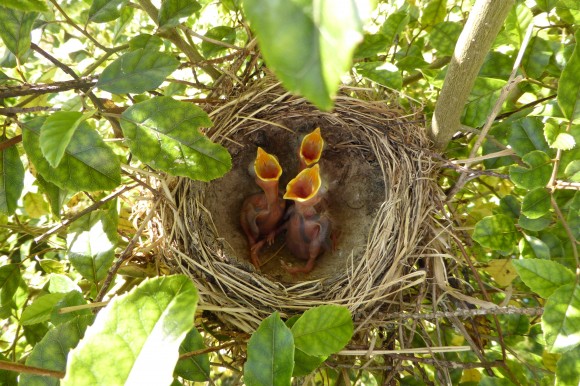
Thanks, Mom. You taught me about Mother Earth. I still don’t have a microwave. I eat organic food, grow some my own, and am lucky to work at a garden that cares about the environment. :)
©2018 Chicago Botanic Garden and my.chicagobotanic.org
True or false: There’s a spider 3 feet away from you right now.
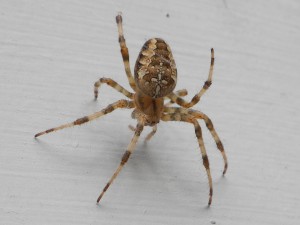
First things first: Mark your electronic calendar for June 1! That way you won’t miss out on the Garden-wide celebration of World Environment Day.
It’s a day to meet our scientists and horticulturists, to see the Daniel F. and Ada L. Rice Plant Conservation Science Center in action, and to check out senior ecologist Jim Steffen’s very cool display table on native spiders, which promises to be a kid magnet (live specimens, a big model spider, lots of good spider stories).
After you’ve saved the date, work this quiz with every kid you know:
©2013 Chicago Botanic Garden and my.chicagobotanic.org
Tips to Save Money and The Environment
Ecologically friendly gardening isn’t as tough a commitment as you might think. In fact, you won’t just be saving the planet, you’ll be saving time and money. Watch Eliza Fournier’s video for tips on how easy it can be or read on for the highlights.
- Repurpose packing materials by filling the bottoms of large pots with leftover styrofoam and packing peanuts. You’ll reduce the amount of potting soil needed, and make your pots lighter and easier to move around.
- Replace chemical herbicides with a natural mix. Boil 1 gallon of white vinegar with 1 cup of table salt, then cool. Add 2 or 3 drops of liquid dish detergent and pour into a sprayer.
- Reuse! Instead of buying cheap tools every year, consider investing in quality tools and maintaining them properly. Your tool-sharpening kit should include WD-40, a rasp, coarse sandpaper, and a clamp.
- Recycle garden pots at garden centers or at the Chicago Botanic Garden’s World Environment Day on June 4, 2011.
- Reinvent your garden to include native plants and organic vegetables. Native plants attract pollinators to make your veggies more productive. Natives are also low-maintenance.
Visit www.chicagobotanic.org for more information.


